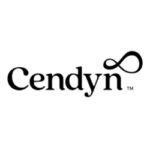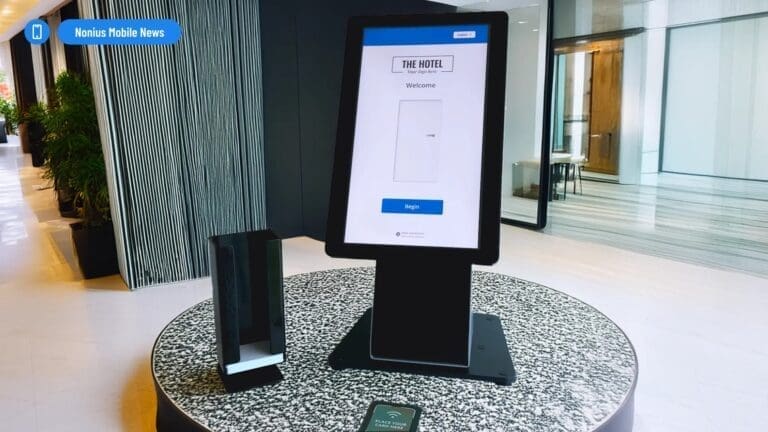 The check-in process begins long before guests arrive at the front desk – and extends beyond checkout as well. From pre-arrival to during and after a guest’s stay, there are multiple touchpoints that define how a guest experiences your hotel’s approach to hospitality. By mastering these touchpoints, hotels can set their properties apart from the competition. Here’s a high-level hotel operator’s checklist to mastering check-in.
The check-in process begins long before guests arrive at the front desk – and extends beyond checkout as well. From pre-arrival to during and after a guest’s stay, there are multiple touchpoints that define how a guest experiences your hotel’s approach to hospitality. By mastering these touchpoints, hotels can set their properties apart from the competition. Here’s a high-level hotel operator’s checklist to mastering check-in.
Pre-arrival
- Design visual templates: Pre-arrival emails should be clear, simple and highly visual. These functional emails should answer any guest questions, reduce uncertainty and get them excited about their visit. They should also include all relevant check-in policies and answer FAQs, such as the availability for early check-in and late checkouts.
- Automate: Templates not only keep formatting consistent, they make it easy to automate. All pre-arrival communications, whether via text, email or both, should be sent automatically, to match guest expectations for “right message, right time” communication.
- Draft – and enforce – an SOP: Standard Operating Procedures clarify expectations. For your training, draft an SOP that gives staff clear guidelines for the check-in process. Then build spot tests to “trust but verify” that staff is following the check-in SOP.
- Training: There’s no replacement for human interaction. Some guests may want to skip check-in; others may prefer the front desk. Either way, staff must be trained extensively on both the technology and the hospitality of check-in. New staff should be carefully trained – including role plays – to craft a thoughtful touch when welcoming new guests.
- Upsell: While informational emails are what guests expect the most prior to arrival, most guests are also interested in relevant upsells. So take the opportunity to offer things like upgraded rooms and amenity purchases in your pre-arrival emails.
During stay
- Act: If your hotel offers text message communication with the front desk, be sure to monitor those channels – and quickly act on any guest requests. There’s no surer way to deflate expectations than by asking guests to text if they need anything… only to leave guests waiting when they do end up texting.
- Enhance: Check-in is the ideal opportunity to enhance your guest profiles with relevant information. Even the smallest details become positive indicators of potential guest preferences. Train your staff to listen carefully, ask relevant questions, and enhance guest profiles whenever possible.
Post-stay
- Double check your tech: In order to maximize the impact and efficacy of your check-in, connect your property management and guest CRM to create the ideal guest experience. Is your front desk staff equipped to access the necessary data to make a guest’s stay exceptional? Anticipating needs doesn’t just require close listening – it’s also helpful to have recent data at your fingertips.
- Ask for feedback: Via text and email, send a kindly-worded request for candid feedback. Upon submission, guests may also be encouraged to leave online reviews as well. However, the priority is actionable inputs from recent guests.
- Build a feedback loop: Recent guest feedback is useless if it doesn’t improve your hotel’s operations. Highlight the most notable comments in daily staff meetings, and act on recurring issues that point to operational weaknesses. By creating a virtuous feedback loop, your hotel’s operations improve organically – which will be noticed by guests and reflected in both private feedback and public reviews.
- Boost RevPAR: Flexibility can be a value-add service for guests. Consider adding extended or even 24-hr “check-in anytime” as an upsell. With the right technology and operational support, this can boost revenue per available room in a way that actually increases guest satisfaction.
The hotel operator’s checklist to mastering check-in should evolve over time, alongside changes in guest expectations and new tech tools. With that in mind, be sure to regularly revisit all check-in training, procedures, processes, and technologies to stay on top of your game.




















